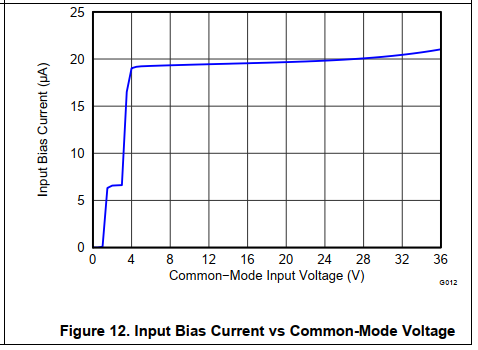Hi there!
First of all, i have to say tha is my first time with this awesome current sense amps, i used to go on classic amps everytime I need to measure current.
So, I've chosen de INA226 and saw all videos about this in training.ti (amazing channel too).
But i've been facing some troubles to chose the corret Rshunt applying the formulas and using the error analysis.
I read that for the best accuracy I should use the max Vsense value of 81.92mV. The Input current range is 1 to 12 mAmps, and applying the formula (82mV/8mA) the result is around 10 ohms.
When I put 10mOhm in error analysis, the error is very high (>10%) and the best value using error analysis is 100mOhm.
My application is to measure low current (2 to 10mAmps) through a laser diode (OPV302) and the i2c s almost mandatory.



